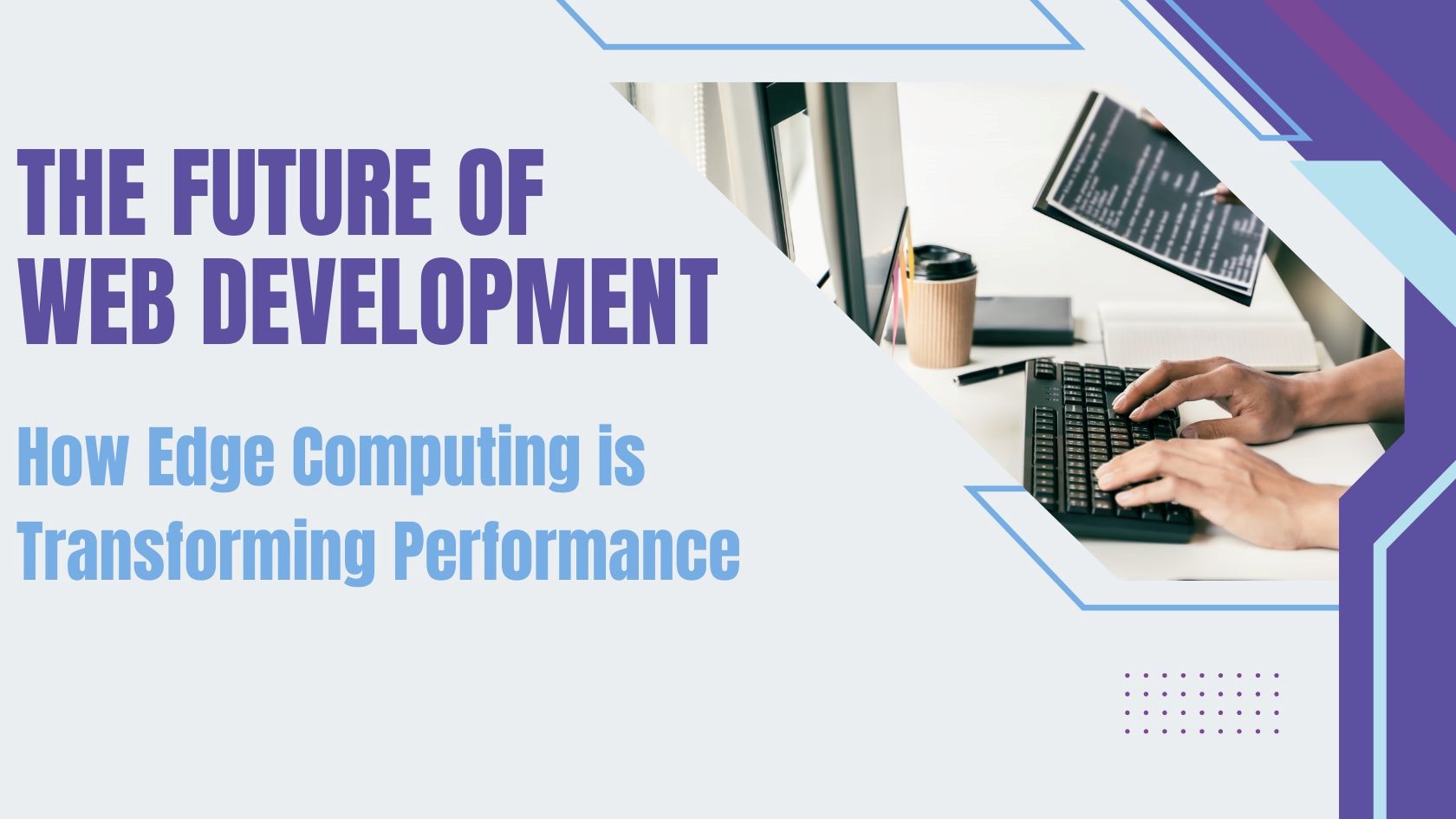The Future of Web Development: How Edge Computing is Transforming Performance
In the rapidly evolving world of web development, edge computing has emerged as a powerful innovation that enhances application speed, scalability, and security. Rahul Kondakrindi, a web development expert, delves into how platforms like CloudFlare Workers, Vercel Edge Functions, and Netlify Edge are revolutionizing the web landscape through cutting-edge solutions. Let’s explore the distinct benefits and features that these platforms bring to the forefront of edge computing.
Bringing Computation Closer to the User
Edge computing moves data processing closer to users through distributed nodes, reducing latency and improving performance compared to traditional cloud models. This enhances responsiveness, making it ideal for real-time applications like augmented reality, live streaming, and financial platforms. By minimizing data travel distance, edge computing delivers faster, seamless web experiences, meeting the demand for instantly loading, efficient applications even under heavy usage.
Redefining Scalability
Edge computing distributes workloads across multiple nodes, allowing web applications to scale efficiently without overloading servers. This decentralized model helps businesses handle traffic surges without risking downtime or performance issues, ensuring seamless operations for services with high user demand.
Security and Privacy Enhanced at the Edge
Edge computing enhances data security by processing sensitive information locally, reducing the risk of exposure during transit. This is particularly beneficial for privacy-sensitive industries like healthcare and finance. Platforms such as CloudFlare Workers, Vercel Edge Functions, and Netlify Edge further improve security by complying with data privacy regulations, enabling local or regional data processing and minimizing legal risks.
Bandwidth Optimization for Cost Efficiency
Edge computing allows businesses to filter and process data locally, transmitting only essential information to central servers, significantly reducing bandwidth usage. This is especially beneficial in bandwidth-constrained environments like remote IoT systems and smart cities. By optimizing data flow, businesses can lower data transfer costs, enhance operational efficiency, and reduce the strain on core networks, ensuring that applications remain responsive and reliable even under heavy traffic conditions.
CloudFlare Workers: Global Reach Meets Scalability
CloudFlare Workers offers a cutting-edge edge computing solution with over 200 global data centers, ensuring low latency for users everywhere. Optimized for real-time applications like IoT and live data processing, its architecture automatically scales with traffic, removing the need for manual resource management and allowing developers to focus on creating high-performance applications.
Vercel Edge Functions: A Developer-Friendly Approach
Vercel Edge Functions integrates smoothly with modern web development, enabling easy deployment of serverless functions at the edge. It delivers ultra-low latency and supports modern standards like WebAssembly and ECMAScript. With strengths in real-time content personalization and dynamic experiences, it’s ideal for applications needing rapid response times. Vercel’s automatic scaling and global reach ensure reliable performance, even during traffic surges, making it a powerful tool for high-performance web solutions.
Netlify Edge: Flexibility and Ease of Use
Netlify Edge offers a user-friendly interface, ideal for teams adopting edge computing with ease. Its globally distributed nodes ensure fast content delivery, while the intuitive interface simplifies deploying edge functions. With integrated serverless functions, advanced caching, and support for multiple programming languages, it allows developers to build high-performance, scalable applications with minimal complexity.
A Comparative Outlook
While all three platforms—CloudFlare Workers, Vercel Edge Functions, and Netlify Edge—offer robust solutions for edge computing, each brings unique strengths. CloudFlare Workers leads in global reach and scalability, making it suitable for enterprises with a global audience. Vercel Edge Functions shines in its developer-friendly workflow and seamless integration with modern web standards, while Netlify Edge stands out for its ease of use and flexibility in delivering high-performance applications.
The Path Ahead for Edge Computing
As businesses and developers continue to seek faster, more efficient, and secure ways to deliver content, edge computing will play a pivotal role in shaping the future of web development. Platforms like CloudFlare, Vercel, and Netlify are leading the charge by offering cutting-edge solutions that meet the demands of modern applications.
In conclusion, as Rahul Kondakrindi points out, edge computing represents a fundamental shift in how web applications are built, enabling developers to create responsive, scalable, and secure applications that meet the needs of users across the globe. The future of web development is here, and it’s at the edge.

